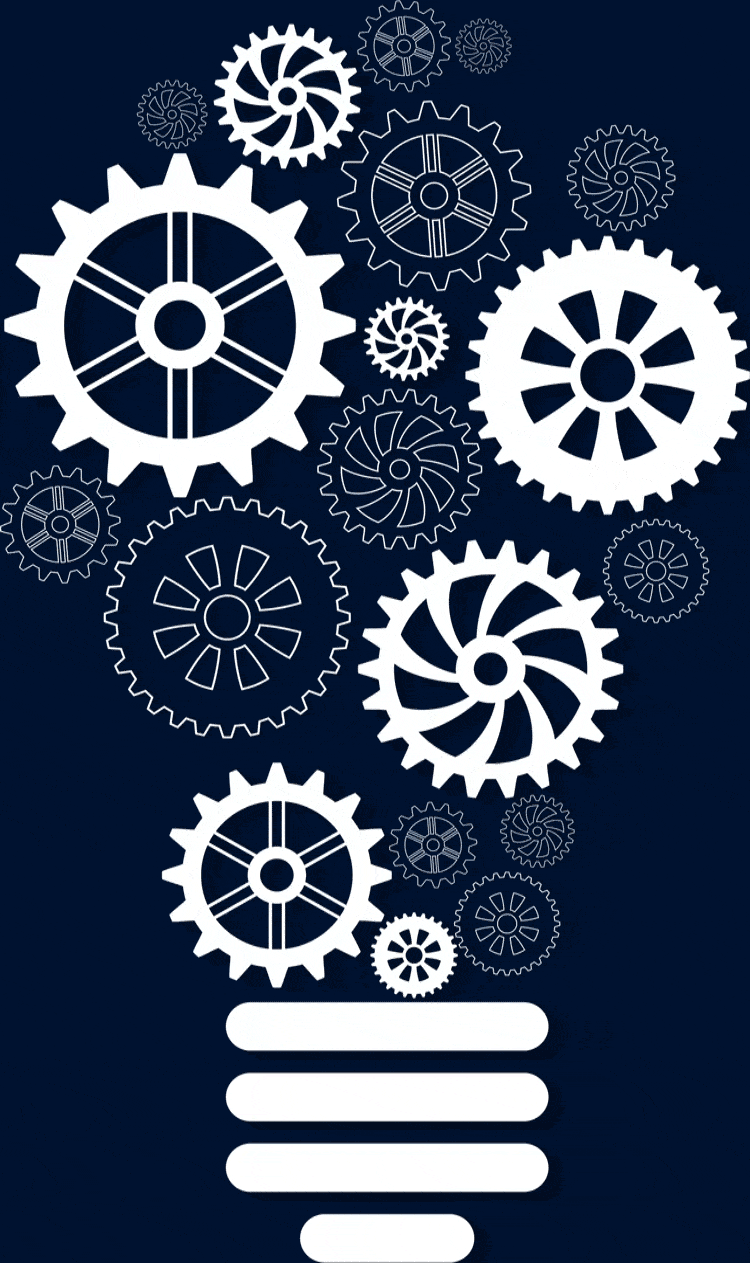The success of business operations relies on consistent and error-free performance, which is achieved through thorough quality assessments. Our quality assurance and software testing services cover both digital and conventional systems to deliver optimal results and an efficient process.
Automated testing involves utilizing specialized software tools to perform a sequence of tests on a software application with minimal human input. This approach enables developers to execute tests quickly and repeatedly, thus reducing the time and effort required for manual testing. Automated testing can be applied to various types of tests, including regression tests, functional tests, integration tests, and performance tests. The benefits of automation testing include enhanced efficiency, improved accuracy, and decreased costs. Automated testing can also increase test coverage, provide quicker feedback, and aid in the detection and resolution of issues earlier in the development cycle. This results in a higher-quality product delivered more rapidly and with fewer resources.
Regression testing is a type of software testing that verifies if previously developed and tested software still performs correctly after recent changes, such as bug fixes or new features. This testing method helps to identify any unintended consequences of code changes and ensures that the software still meets its original requirements. Regression testing is usually performed on a regular basis, for example, after each build or after every release. Automated regression testing can save time and effort compared to manual testing, and can also increase the speed and accuracy of the testing process. By consistently performing regression testing, businesses can ensure that the software remains stable, reliable, and free from defects over time.
Our comprehensive performance testing process helps identify and address potential issues before they reach the end user. Our expert team conducts thorough baseline, endurance, and load testing to evaluate system performance against established parameters. By proactively fixing performance problems, we ensure a smooth user experience and protect the product and brand's reputation.
Our aim is to deliver exceptional software that meets the expectations of end-users. To ensure the seamless performance of the software, behavioral testing is performed at the early stages of development. Defining functional specifications and business scenarios, we carry out various usability test cases to validate the core functionality. Based on the results and user feedback received, the software is continually improved and enhanced to provide an optimal user experience.
At DWS Technology, we employ a collaborative and systematic approach to our process. Our teams work together to evaluate user stories and test scenarios, allowing us to prioritize our objectives effectively.
Our risk assessment process helps clients safeguard their operations and minimize any potential negative impact. Our team of experts evaluates the risks, identifies measures to mitigate them, and prioritizes resources to ensure a secure and successful outcome.
Adopting Agile and DevOps practices can streamline your software development and delivery processes, improve collaboration, and increase efficiency. DWS Technology helps organizations implement these methodologies for optimal results.
Our process is collaborative and methodical in its essence. We bring in various teams to deliberate user stories and test scenarios in order to prioritize our objectives.
Our process is collaborative and methodical in its essence. We bring in various teams to deliberate user stories and test scenarios in order to prioritize our objectives.
Our process is collaborative and methodical in its essence. We bring in various teams to deliberate user stories and test scenarios in order to prioritize our objectives.

Our deep expertise in end-to-end marketplace solutions helps B2B & B2C e-commerce players alike

Harness the combined power of Google Cloud and DWS expertise in managing mission-critical workloads and transformations.

Modernize, accelerate migrations and create cloud value with DWS and AWS.

Modernize for tangible cloud, workplace and application business results with DWS and Microsoft.

Modernize, unify and secure your hybrid and multicloud environments with DWS and IBM.

UiPath streamlines processes, uncovers efficiencies and provides insights DWS and UiPath.

Innovate confidently with high-performance network services designed for next-generation solutions.

Unlock data value and drive innovative digital experiences with edge-to-cloud, as-a-service solutions.

Transform from data center to cloud-to-edge with DWS and VMware.
We serve consumer-facing internet businesses across and geographies with our Lean and Agile approach

EHS CLUBHOUSE

INTERTEK

MINISO

ADVENTURAS

DRINK NOMSI

MUVAZO
Quality engineering is the process of ensuring that products and services meet or exceed customer expectations and requirements by applying engineering principles and systematic processes.
Quality engineering is important because it helps to ensure that products and services are reliable, safe, and meet customer expectations. This can lead to increased customer satisfaction and loyalty, and can also reduce the cost and time associated with fixing defects and resolving customer complaints.
The key principles of quality engineering include continuous improvement, customer focus, teamwork, and effective communication.
Quality engineering focuses on preventing defects by designing and implementing quality processes, while quality control focuses on detecting and correcting defects after they have been produced.
Tools and techniques used in quality engineering include process mapping and improvement, statistical process control, root cause analysis, and design of experiments.
Common quality metrics used in quality engineering include defect density, customer satisfaction, and mean time between failures.
Quality engineering has a significant impact on product development and launch by ensuring that products are developed and launched with high quality and reliability. This can lead to increased customer satisfaction and reduced time and cost associated with fixing defects and resolving customer complaints.
To implement a quality engineering program in your organization, start by defining your quality objectives, assessing your current processes and tools, and establishing a cross-functional quality team. Then, develop and implement quality processes, metrics, and tools, and continuously monitor and improve your results.